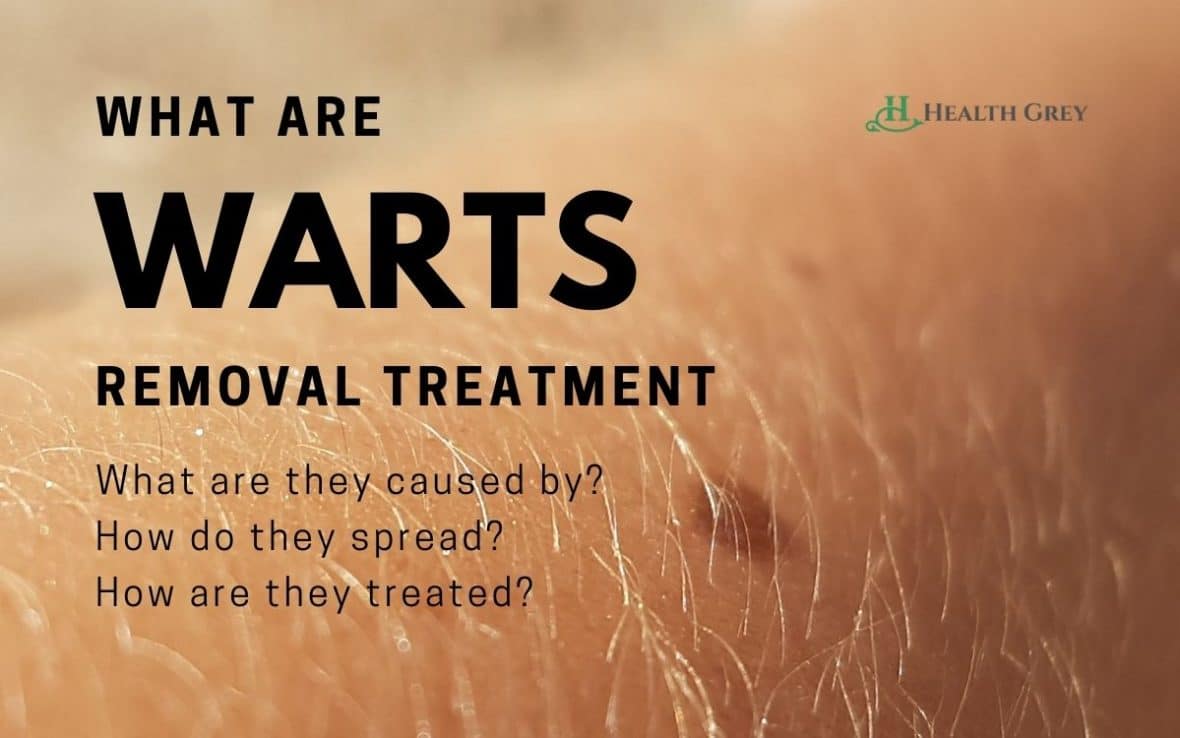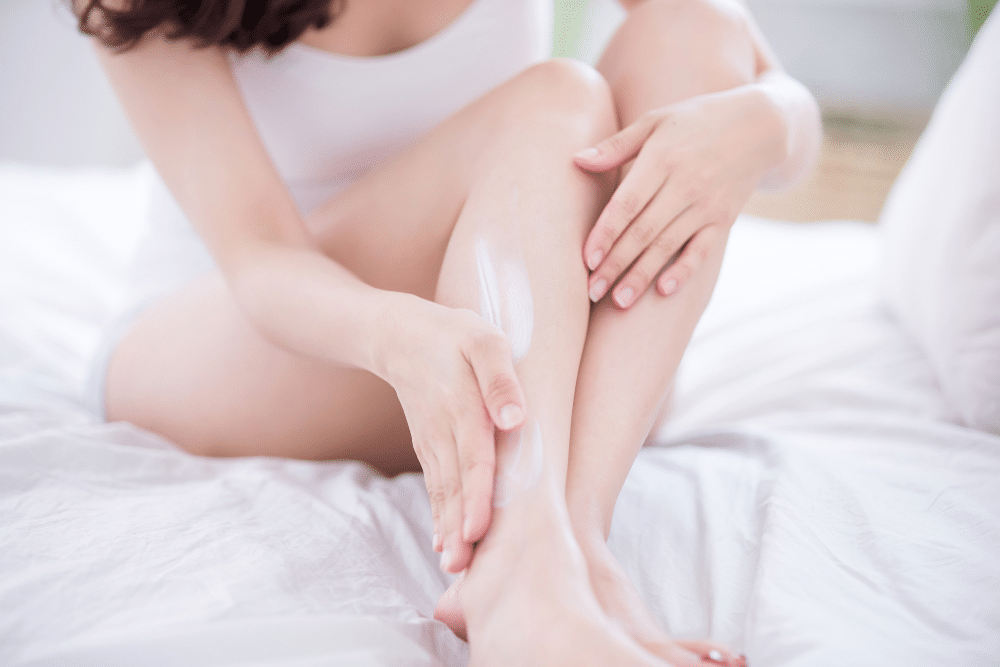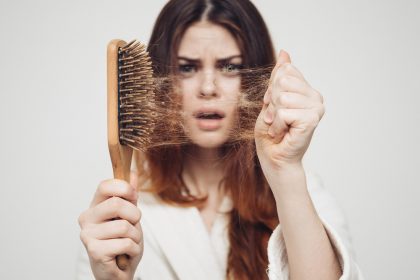What are warts?
Warts are a common type of skin disease caused by a viral infection. Warts, once present, usually persist. They frequently occur in childhood and are more common in the warm, moist areas of the body: the hands and feet, especially between the fingers and toes, and on the legs. Warts also occur on other moist surfaces, such as between the buttocks.
Warts are one of the most common skin maladies of all, and they can be pretty uncomfortable. The removal of warts 去疣 is also very simple, so let’s take a look at the causes, symptoms, and the best ways to get rid of warts.
What are they caused by warts?
Warts are caused by a viral infection of the Human Papillomavirus. The virus has infected the outer layer of the skin.
For years, warts have been a topic of fascination for the medical community. The medical term is called the Human Papillomavirus, or HPV for short. This virus is found in the skin and is a common cause of warts, and is one of the most common sexually transmitted infections in the United States. According to the Centers for Disease Control and Prevention, between 30 and 50 million people are infected with HPV every year.
How do warts spread?
Warts don’t spread just by being around other people with warts, and you don’t have to share anything dirty with anyone to get a wart. Warts are caused by a virus and can be spread through skin breaking and contact with an infected area. If a wart is broken and someone else touches it, they can get the wart too. If you get an infected wart on your fingers, the virus can spread to your fingernails and nails.
Are they contagious?
A wart is an abnormal growth of skin caused by a virus. The virus is not very contagious, but due to prevalent misinformation and the lack of knowledge about the disease, warts can cause lots of anxiety in their victims. Doctors do not recommend scratching warts, as the virus can be transmitted to a partner. They are, however, very safe and easy to treat.
How are they treated?
Warts are often treated with cryotherapy or freezing. Freezing treatment can be done at home using liquid nitrogen from a tank or a spray can or can be done in a doctor’s office by a dermatologist. Other wart removal 脫疣 treatment options include laser therapy, surgery, and topical creams.
Freezing warts can cause warts to disappear on their own. Some people may need more than one round of freezing, but most people will need to freeze their warts a few times. Laser therapy is usually recommended for warts on young children, the skin of the face, or the feet because the skin is thinner. Laser therapy usually requires multiple treatments over several weeks to see the results. If warts do not respond, the doctor may then recommend surgery to remove warts.




